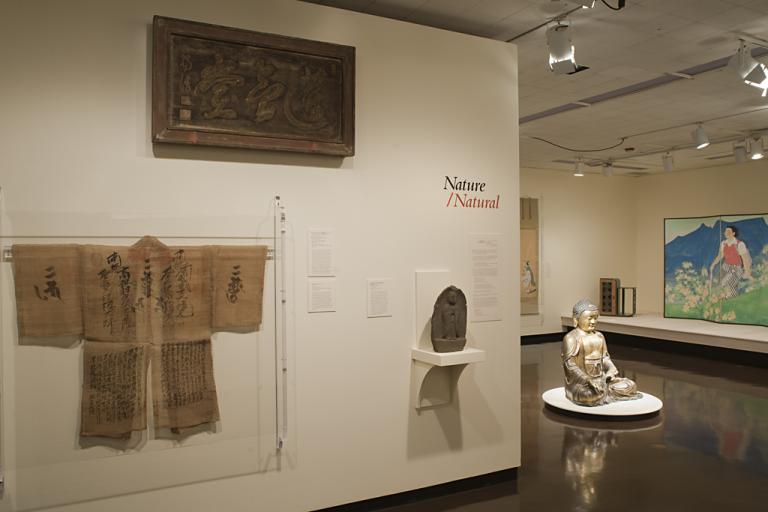dish, unknown maker from Korea
Artwork Overview
dish
, late 1100s, Goryeo dynasty (918–1392)
Where object was made: Korea
Material/technique: sanggam inlay; cheongja ware; stoneware; celadon glaze
Dimensions:
Object Height/Diameter (Height x Diameter): 3.5 x 12.7 cm
Object Height/Diameter (Height x Diameter): 1 3/8 x 5 in
Object Height/Diameter (Height x Diameter): 3.5 x 12.7 cm
Object Height/Diameter (Height x Diameter): 1 3/8 x 5 in
Credit line: William Bridges Thayer Memorial
Accession number: 1928.7139
Not on display
If you wish to reproduce this image, please submit an image request




